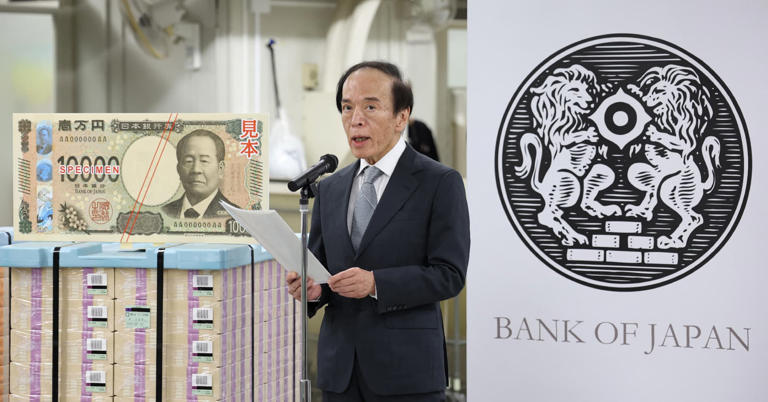Japan’s Nikkei 225 saw a modest uptick on Wednesday, reflecting a broader market reaction to the Bank of Japan’s (BOJ) unexpected decision to raise its benchmark interest rate to around 0.25%. This decision marks a historic shift, as it is the first time since December 2008 that Japan’s benchmark interest rate has been elevated beyond the 0.1% mark. For over a decade, the BOJ had maintained an ultra-loose monetary policy, characterized by near-zero interest rates and extensive asset purchases, as part of its strategy to combat deflation and stimulate economic growth.
The BOJ’s decision to raise rates defied widespread expectations. Analysts and economists had generally anticipated that the central bank would keep rates steady within the existing 0% to 0.1% range. This unexpected move signals a significant policy shift and reflects the BOJ’s growing confidence in the stability of the Japanese economy. The adjustment is seen as a step toward normalizing monetary policy after years of unprecedented stimulus measures.
In reaction to the BOJ’s announcement, Japan’s Nikkei 225 index reversed earlier losses, ending the day with a gain of 0.24%. The broader Topix index also saw a positive movement, increasing by 0.37%. This rebound was supported by favorable economic data; Japan’s retail sales for June climbed by 3.7% year on year, surpassing economists’ expectations of a 3.2% rise. The stronger-than-expected retail sales figures contribute to a positive outlook on the Japanese economy and likely influenced investor sentiment.
In the broader Asia-Pacific region, market reactions varied as investors evaluated new economic data and central bank decisions. South Korea’s Kospi index rose by 0.58%, buoyed by a substantial 1,458.2% year-on-year increase in operating profit reported by Samsung Electronics for the second quarter. This remarkable profit surge highlights the company’s strong performance and helped lift market sentiment. Conversely, the Kosdaq, a smaller-cap index in South Korea, fell by 0.78%, indicating mixed investor sentiment within the region.
China’s economic data also influenced market movements. The official manufacturing purchasing managers’ index (PMI) for July showed a slight contraction, falling to 49.4 from 49.5 in June. Although the PMI result was worse than the previous month, it still exceeded the forecast of 49.3, indicating that the manufacturing sector remains relatively stable despite facing challenges. Additionally, China’s securities regulatory commission experienced a leadership change, with Fang Xinghai being replaced by Li Ming, the head of the inspection bureau. This change, reported by the state-run Global Times, is part of ongoing efforts to reform and strengthen China’s regulatory framework.
In Australia, the S&P/ASX 200 index rose by 1.30% as investors assessed new inflation data. The second-quarter inflation rate increased by 1% compared to the previous quarter, with an annual inflation rate of 3.8%. This softer inflation reading may influence the Reserve Bank of Australia’s monetary policy, potentially leading to rate cuts or a pause in further rate hikes, which had been previously discussed at the bank’s monetary policy meetings.
Hong Kong’s Hang Seng index led the gains in Asia with a notable 1.9% increase, while mainland China’s CSI 300 index rose nearly 2%. These positive movements in Hong Kong and China reflect favorable investor sentiment and market conditions in the region.
In contrast, the U.S. markets experienced declines, with the S&P 500 falling by 0.5% as major technology stocks struggled. Nvidia shares fell by 7%, while Microsoft lost about 0.9%. Other tech giants like Amazon, Netflix, and Meta Platforms also saw declines, contributing to the broader market downturn. The Nasdaq Composite, heavily weighted with technology stocks, tumbled 1.28%. In contrast, the Dow Jones Industrial Average managed a modest gain of 0.5%, driven by strength in other sectors outside of technology.
Overall, the Bank of Japan’s rate hike has introduced a new dynamic into global financial markets, impacting investor sentiment and market movements across Asia-Pacific and beyond. The decision reflects a shift towards monetary policy normalization and signals potential changes in economic and financial conditions both within Japan and internationally.
